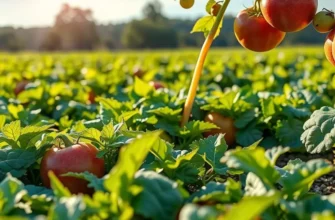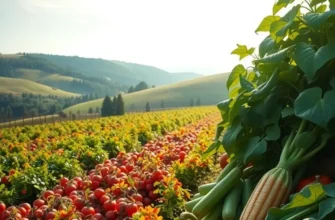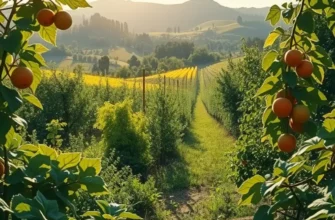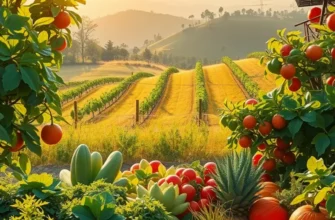Sparkling juices are delicious and refreshing, making them a popular choice for various occasions. Whether it’s a casual brunch or a festive gathering, knowing how to properly store these bubbly beverages can significantly enhance their longevity and your enjoyment. By understanding their shelf-life and employing practical storage methods, you can reduce waste and ensure that every sip of sparkling juice remains vibrant and tasty.
Understanding the Shelf-life of Sparkling Juices

The shelf-life of sparkling juices can significantly affect their flavor and freshness. Several factors determine how long they can be stored without compromising on quality. One crucial aspect is the quality of ingredients. Juices made from fresh, high-quality fruits tend to last longer. Quality ingredients not only enhance taste but also contribute to a more stable product over time.
Packaging is another key player in extending the shelf-life. These juices are often stored in glass bottles or cans. Glass bottles provide a superior barrier against oxygen, which can spoil the juice. Additionally, dark glass bottles help protect against light, another deteriorative factor. Conversely, cans provide an excellent seal against both light and air, preserving the effervescence and flavor.
Storage conditions play a pivotal role as well. Sparkling juices should be kept in a cool, dark place. Refrigeration is best, as it slows down any chemical reactions that could affect the juice quality. Make sure to avoid direct sunlight and fluctuating temperatures, as these conditions can lead to spoilage.
Once opened, sparkling juices have a shorter lifespan. Typically, they should be consumed within three to five days if stored in the fridge. It’s essential to use an airtight seal to maintain its carbonation and prevent oxidation. If the juice starts to lose its fizz, flavor, or develops off odors, it’s a sign that the product is no longer fresh.
In recognizing spoilage, there are some telltale signs. An altered taste, cloudy appearance, and mold are clear indicators. Additionally, any unusual pressure built up in the container can be a sign of fermentation, which suggests spoilage.
For those interested in reducing waste and enhancing storage practices, consider checking out low-waste storage techniques. This guide provides practical tips to efficiently manage your juices and others in your pantry.
Staying mindful of these factors will ensure that your sparkling juices maintain their delightful taste and refreshing qualities for as long as possible.
Smart Storage Techniques for Sparkling Juices

Smart storage is crucial in maintaining the delightful fizz and flavor of your sparkling juices. Proper storage not only preserves taste but also extends the shelf life, minimizing waste. Whether unopened or opened, both temperature control and effective sealing methods are pivotal.
Temperature plays a key role. Storing sparkling juice in a consistent, cool environment is essential. A pantry at room temperature is ideal for unopened bottles. However, once opened, sparkling juices should be refrigerated. The cold slows down any natural fermentation processes, preserving the drink’s quality longer. A consistent temperature prevents fluctuations that could impact carbonation levels.
Airtight containers make a significant difference. After opening a sparkling juice bottle, reseal it tightly with its original cap or an airtight stopper. This conserves the bubbles, preventing the effervescence from vanishing. If resealing is ineffective or you’ve lost the cap, consider transferring the juice to a smaller, airtight glass container. Less air in the container means less fizz escaping.
To further ensure freshness, store opened bottles upright. This practice minimizes the juice’s surface area in contact with the air, slowing down oxidation and flavor degradation. Proper sealing is not just about keeping the fizz; it’s also about protecting the juice from unwanted odors of other refrigerated items. Ensuring that bottles are well-capped prevents any cross-contamination.
Avoid common mistakes like storing sparkling juices in a warm place or shaking the bottle before opening. Heat expands the liquid, potentially causing the bottle to leak or crack. Shaking agitates the carbonation, increasing the risk of spillage and loss of fizz upon opening.
For those thoughtful about low-waste practices, smart storage can prevent waste from spilling or premature spoilage.
Implementing these strategies doesn’t just safeguard flavor; it also contributes to a sustainable lifestyle. By understanding these nuances, you can enjoy every sip of your sparkling juice as if it were freshly opened.
Final words
Properly storing sparkling juices not only preserves their delightful flavors but also minimizes waste, allowing you to enjoy them at their best. Remember, the shelf-life varies based on several factors including the juice’s ingredients, packaging, and your storage techniques. By monitoring signs of spoilage and employing airtight containers, you can ensure that your sparkling juices remain fresh and effervescent for as long as possible. With these practical tips, every glass will be a refreshing delight, perfect for sharing with friends and family or enjoying solo.







